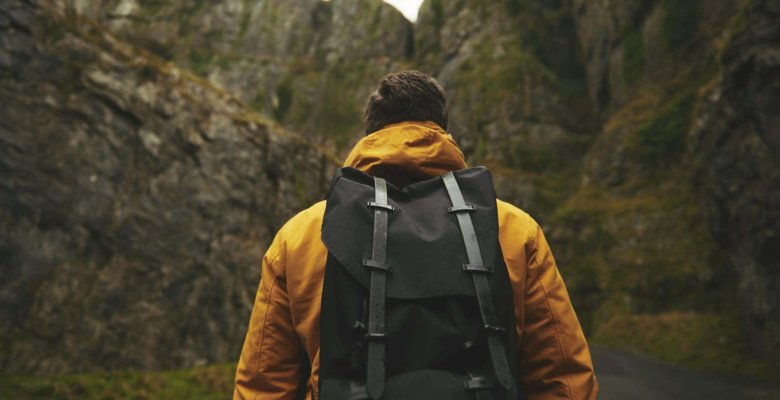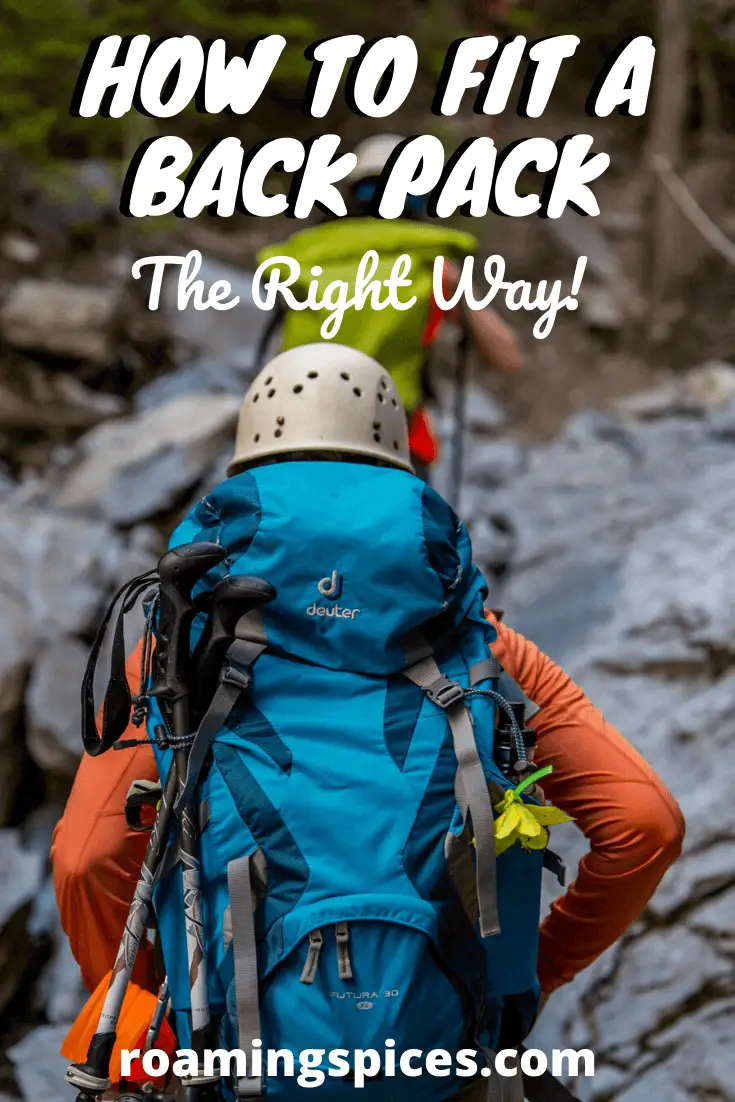
Hiking Tips
Knowing how to fit a backpack correctly will not only make your hikes more comfortable but will also ensure that you do not strain your body unnecessarily. Follow our step by step guide to fitting a hiking backpack correctly
How to Fit a Backpack – The Importance of Fitting a Hiking Backpack Correctly
Few things are more annoying when backpacking than a sore back, chafed hips and aching shoulders. Long hiking trips require a lot of endurance, physical fitness and even mental determination as it is, and an uncomfortable backpack is something that should be avoided at all costs. Therefore, knowing how to fit a backpack is a key skill for a successful backpacking adventure.
The most memorable hiking trips don’t start at the trailhead. Rather, they start at home and at your local outdoor outfitter. They begin by proper planning and making sure you have the best possible gear for you.
Any self-respecting outdoor store will have experienced and knowledgeable staff available to help you with all your questions and concerns. While those guys are definitely appreciated, it’s also important that you know how to fit a backpack yourself, too. You may have to make adjustments while on the trail, after all. If you can’t do that, you’ll definitely end up cursing yourself for not knowing anything about fitting a hiking backpack.
“Check out our Hiking Tips for Beginners article”
Since you’re reading this post, we can safely assume that you’re not someone to leave things up to chance. Good for you! Experienced hikers know that preparation makes or breaks a hiking trip, especially if it’s a multi-day backpacking excursion. Let’s dive in and learn everything there is to know about proper backpack fitting, shall we?
How to Measure Torso Length
Fitting a hiking backpack starts with measuring your torso length. It’s not your overall height that’s important here; the length of your torso is the golden number. This is the number that will determine the proper size of your backpack—small, medium, large, etc.
Your torso length is the distance from your 7th vertebra to the iliac crest of your hips. If that sounds a bit too technical, don’t worry. It’s much easier than you might think.
The only things you need to measure your torso length are a tape measure and a friend, your spouse, or anyone else willing to assist you for a minute. Then, follow these three super-simple steps:
- Tilt your head forward and down. Feel the base of your neck and look for a bony bump. This is in the middle between your shoulder blades and is the top of your spine. This is the 7th vertebra.
- Next, slide your hands down the sides of your torso until they reach the top of your hip bones. This is the iliac crest. Draw an imaginary line from there to the centre of your spine, on the same level as your iliac crest. This is the lower end of your torso length. If you’re wondering where should a backpack sit on your back, your iliac crest is the answer.
- Now, have the person assisting you, measure the distance between those two points on your back with the tape measure. Voila, you’ve just learned how to measure torso length!
- Remember that number. You’ll need it to find backpacks that are most suitable for your body.
How to Measure Backpack Dimensions
Torso lengths vary between different backpack brands and even models. Always check the backpack size chart to determine if a particular backpack will fit you comfortably.
You may notice that your torso length falls between sizes, but that shouldn’t be a problem. Simply try on both sizes, adjust all straps (see below) and feel which size fits best. Many backpacks will also have adjustable shoulder harnesses for the absolute perfect fit.
Here’s common torso length chart with corresponding backpack sizes:
Up to 15 ½” Extra small
16 to 17 ½” Small
18 to 19 ½” Medium
20” or more Large
How to Fit a Backpack
Once you’ve found the best backpack size, it’s time to actually fit the backpack. This is nothing more than adjusting the fit, the straps and belts, to make it as comfortable as possible.
Make sure not to touch the shoulder harness, though. That should always remain in the position you put it in at the store—the ideal position for your specific torso length.
There are six main steps to take when fitting a hiking backpack. They’re as follows.
Step 1: Place Weight in Your New Backpack
First of all, you should place some weight in your backpack, preferably as much as you’d carry while hiking, but at least 20 pounds. It doesn’t matter what you use for that. Clothes, water bottles, climbing ropes,… anything works as long as it makes the backpack heavier. Ideally, you would use all the stuff you’re actually going to bring on your backpacking trip, such as camping gear, cooking equipment and spare clothes.
Step 2: Loosen All Straps and Belts and Put the Backpack On
Before you put your backpack on, you should loosen all straps and belts. And that means everything, including shoulder straps, the hip or waist belt, load lifters and sternum strap. You’ll tighten them in a particular order again once your backpack’s actually on your back.
Step 3: Fasten the Waist Belt
Once you’ve put your backpack on, the first thing you want to fasten is the waist belt (also called the hip belt). If you’ve measured your torso length correctly and done some proper backpacking fitting in the store, this belt will be on your iliac crest.
Make sure the belt is not entirely above or below your hips. It should fit snugly around your hips. At this point, your hips should carry at least 75% of the backpack’s weight. You’ll feel the difference immediately.
Step 4: Tighten the Shoulder Straps
Next up is tightening the shoulder straps, which is pretty straightforward. Simply pull on both straps until the shoulder straps are wrapped comfortably around your shoulders. If the shoulder harness is in the correct position, there will be no space between your back and shoulders and the straps.
Step 5: Tighten the Load Lifters and Fasten the Sternum Strap
When you’ve tightened the shoulder straps, you can now also tighten the load lifters. These are the two straps that sit on top of the shoulder straps, connecting to the backpack itself. Pulling these will bring your backpack closer to your actual back, making it much easier to carry the load. The angle of the load lifters should be as close to 45 degrees as possible.
Lastly, fasten the sternum strap, which is the little strap that goes across your chest. It might seem like an unimportant strap, but it does help tremendously with load distribution and balance.
“Head over to Adventure Junkies for more super hiking tips and advice”
How to Fit a Backpack – Summary
So, if you were wondering how to fit a backpack, this is pretty much the entire process. From figuring out your torso length and picking the right backpack size to actually fitting a hiking backpack. This is all you need to know to help make those hiking adventures as comfortable as possible while keeping your body’s health in perfect order.
Like Our Article? Please Pin it!


Leave a Reply